The term “machining center” describes almost any CNC milling and drilling machine that includes an automatic toolchanger and a table that clamps the workpiece in place. On a machining center, the tool rotates, but the work does not. The orientation of the spindle is the most fundamental defining characteristic of a CNC machining center. Vertical machining centers (VMCs) generally favor precision while horizontal machining centers (HMCs) generally favor production—but these are loose generalizations, and plenty of machining centers break out of them. Another common machining center type is the 5 axis machining center, which is able to pivot the tool and/or the part in order to mill and drill at various orientations.
Should Blisk Machining be in Your Growth Plan?
Blisk machining offers a great business opportunity but requires technical expertise in machining difficult materials with multi-axis machines. The right partner can help you get started.
Machining Centers: Essential Reading
Choosing a Five-Axis Machine Tool With Automation in Mind
While much focus is placed on the machinery that moves parts, the features most important for automating five-axis machining are arguably found in the machine tool itself.
How to Determine the Currently Active Work Offset Number
Determining the currently active work offset number is practical when the program zero point is changing between workpieces in a production run.
Machining 101: What is Five-Axis Machining?
Five-axis machining offers increased productivity and geometric flexibility, but the additional axes of motion can compromise rigidity and accuracy.
Machining 101: What are Machining Centers?
Machining centers offer a wide range of possible operations, but that adaptability comes with the need to stay flexible and perform successful measurements at all times.
How to Slash 5-Axis Finishing Time
Finally there is an alternative to ballnose endmills for finishing 3D parts. The combination of finishing tools shaped to provide more cutting surface and a CAM system with the ability to apply them on a five-axis machining center can dramatically reduce finishing cycle times while delivering better surface finishes.

FAQ: Machining Centers
What is a vertical machining center?
Most machining centers on the market feature numerical control (CNC) and serve more than one purpose. Many can perform combinations of operations such as milling, drilling, boring, tapping and reaming in a single setup. Machining centers come in three general types: horizontal three-axis, vertical three-axis and five-axis machines (four- and six-axis machines exist, but are less common).
For a vertical machining center, the X-axis controls left-and-right movement, parallel to the workholding surface; the Y-axis controls front-and-back movement, perpendicular to the X- and Z-axes; and the Z-axis controls up-and-down movement. Most machines use a fixed spindle and a moving table, or a fixed table and a moving spindle. Spindle rotation is never considered an axis.
Five-axis (and four-axis and six-axis) machines introduce additional axes that enable the table or spindle head to rotate and pivot. The A-axis involves X-axis rotation, while the B-axis is paired to the Y-axis and the C-axis is paired to the Z-axis.
What is a horizontal machining center?
Machining centers come in three general types: horizontal three-axis, vertical three-axis and five-axis machines (four- and six-axis machines exist, but are less common).
Horizontal and vertical three-axis machines differ primarily in the inclination of the spindle, with the spindles of horizontal machines parallel to the surface of the machine table and the spindles of vertical machines perpendicular to the surface, although individual constructions vary widely to support different applications.
What is machining center accuracy and repeatability?
Accuracy and repeatability are both vital, but these specifications can be especially difficult to determine because different manufacturers use different definitions. In general, there are three standards for accuracy: unidirectional forward, unidirectional reverse and bidirectional (which is the average of the two). Repeatability — which is the distance between accuracy samples, tested over the full range of data points — generally has four standards: forward repeatability, reverse repeatability, bidirectional repeatability and scatter.
“Lost motion,” also called “mean reversal error,” is the difference from center found when comparing marks made with forward and backward repeatability. Data collection typically repeats processes seven times, then creates a bell curve of results, calculating both the standard deviations and the mean. Different measurement standards use the standard deviations in different ways.
What is unbalance?
Standard adapters and tooling are normally satisfactory at spindle speeds up to 8,000 rpm. At faster speeds, specially balanced tooling can be critical for high tolerances and surface finishes.
Unbalance is a tool’s mass times its eccentricity (which is the distance from the tool’s center of rotation to its true center of mass). Eccentricity is measured in microns and tool mass in kilograms, so unbalance is measured in gram-millimeters. ISO 16084 is the standard for setting targets for tool and toolholder balance.
To evaluate unbalance in processes, users can perform trial runs one at a time with tools balanced to a variety of different values. Such an evaluation might start at an unbalance of 10 g-mm, then progress through a series of increasingly balanced tools until it achieves proper tolerances or accuracy and surface finish fail to improve any further.
How do you find eccentricity?
Eccentricity is the distance from the tool’s center of rotation to its true center of mass. Eccentricity is measured in microns and tool mass in kilograms, so unbalance is measured in gram-millimeters.
What is a rotary encoder?
Machine tools use linear and rotary encoders to measure their own movements and stay on target. There are three types of encoder contacts — photoelectric (also called optical), magnetic and mechanical — but photoelectric encoder contacts are the most common.
Rotary encoders measure rotational movement drives, but spindles and recirculating ballscrews can also enable them to measure linear movements. Rotary encoders can be incremental or absolute.
Incremental rotary encoders have output signals that are evaluated by electronic counters that measure “increments.” For general length measurement applications — particularly the measure of slide movements using a recirculating ballscrew as the scale — shaft encoders that incorporate digitizing electronics are standard.
Absolute rotary encoders derive angular positional value from the pattern of a coded disc that provides values immediately after power switches on. The Gray coder and coders which use natural binary are most common, with many modern computer programs using the binary system to support high speeds.
How do you improve machining center accuracy?
1. Know The Spindle
2. Measure The Process Instead Of The Part
3. Raise The Bar On Drawbar Attention
4. Control Chatter
5. Inspect With A Reference

Machining Centers Suppliers
Narrow by Machining Centers Category
Q&A: How a Self-Taught Machinist Started His Own Business
This machinist found an opportunity in a niche market and decided to learn machining and create his own business. Here's how he did it.
Horizontal High-Speed Machining Saves Hundreds of Work Hours
High-speed machining is the latest change at Blair-HSM South, helping this once old-fashioned shop improve productivity and morale while enabling new work.
Romi VMC Provides Enhanced Rigidity, Precision
The D 1250 VMC features linear roller guides that facilitate feed rates up to 1,575" per minute.
High RPM Spindles: 5 Advantages for 5-axis CNC Machines
Explore five crucial ways equipping 5-axis CNC machines with Air Turbine Spindles® can achieve the speeds necessary to overcome manufacturing challenges.
How to Mitigate Chatter to Boost Machining Rates
There are usually better solutions to chatter than just reducing the feed rate. Through vibration analysis, the chatter problem can be solved, enabling much higher metal removal rates, better quality and longer tool life.
5 Tips for Running a Profitable Aerospace Shop
Aerospace machining is a demanding and competitive sector of manufacturing, but this shop demonstrates five ways to find aerospace success.
EDM, Laser Micromachining and More at GF Medical Demo Center
At GF’s Medical Center of Competence, the company shows off EDM and laser features that could make a large impact on medical manufacturing — and elsewhere.



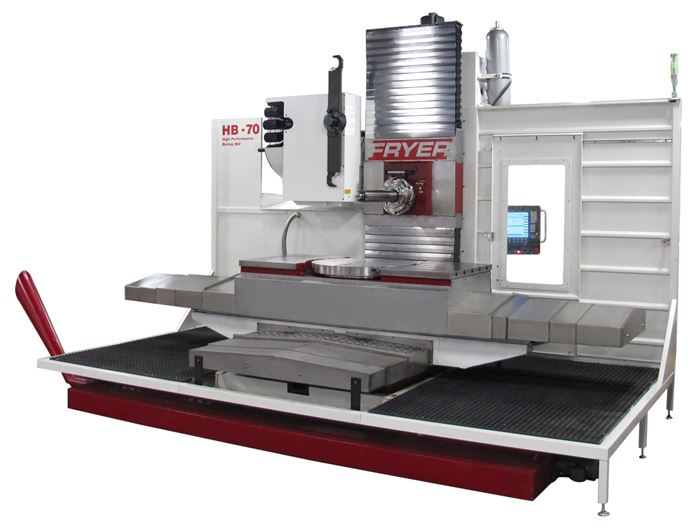

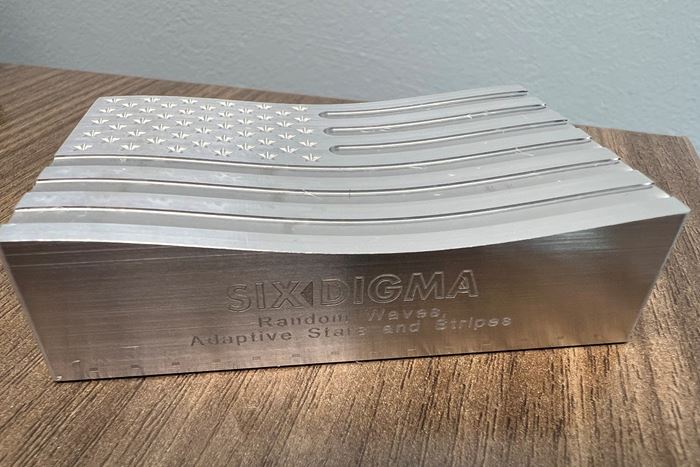
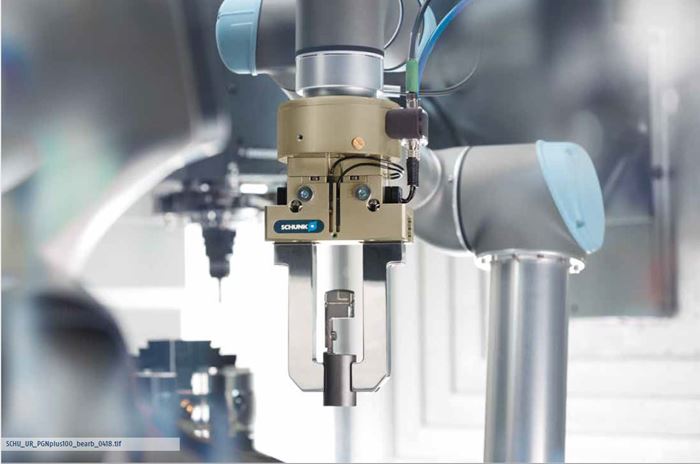
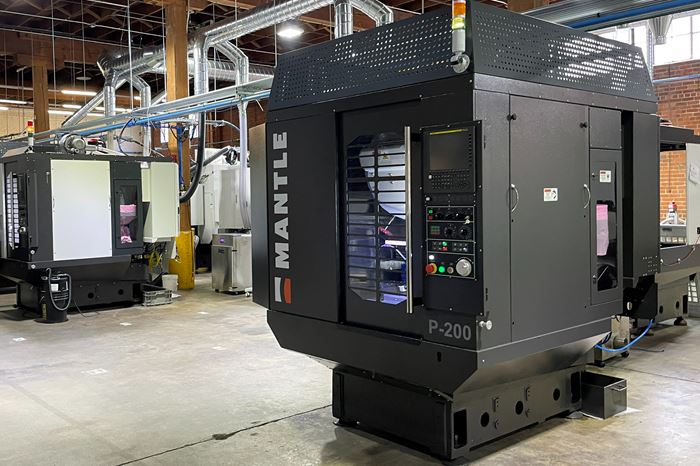





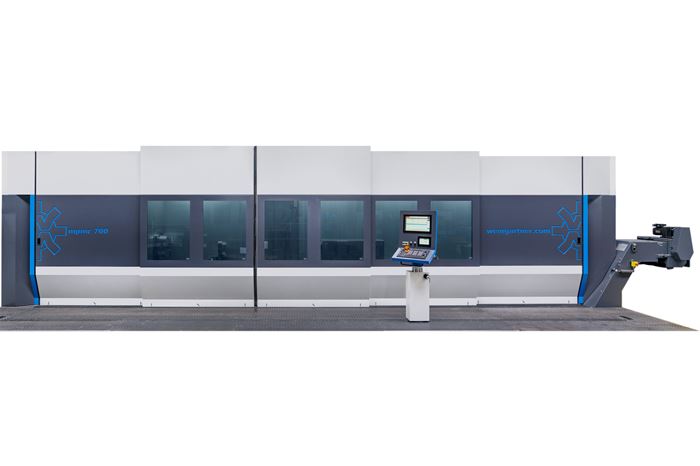
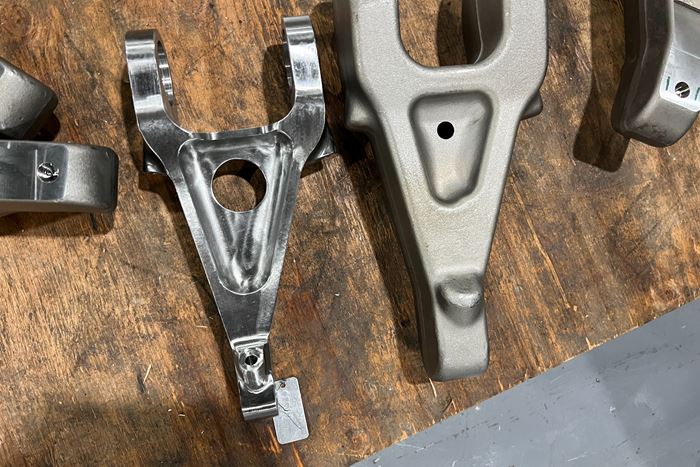
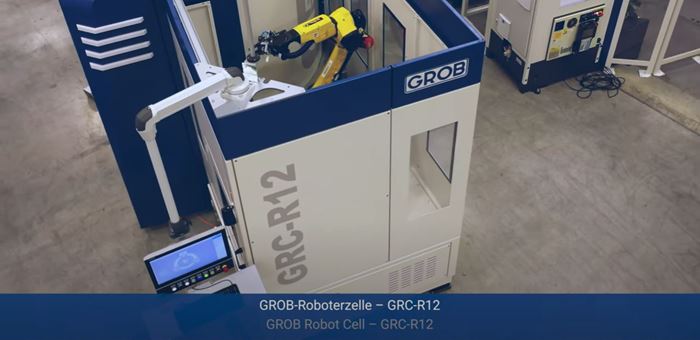
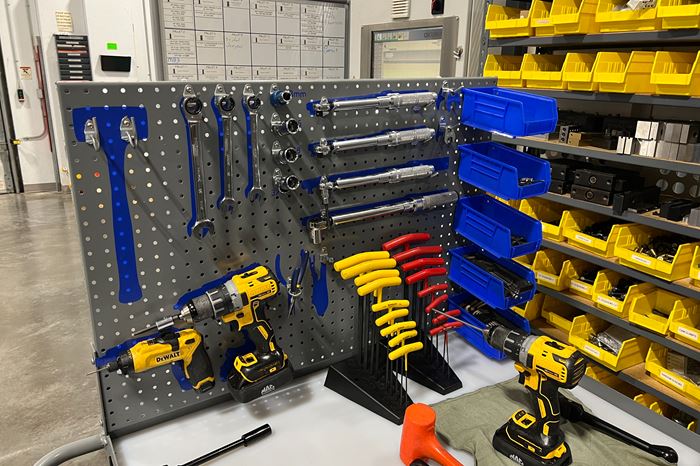
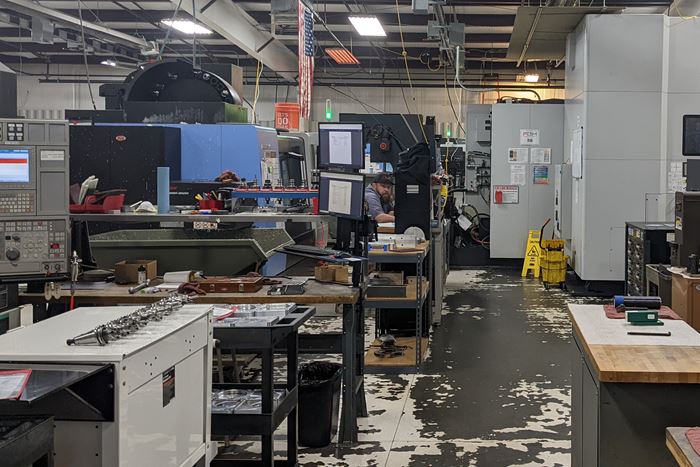

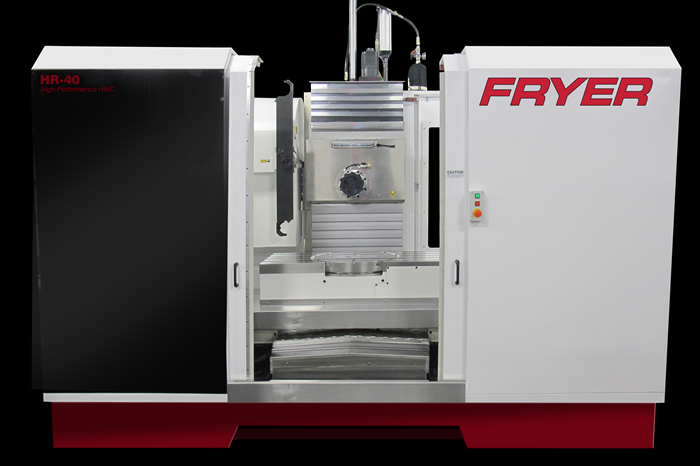
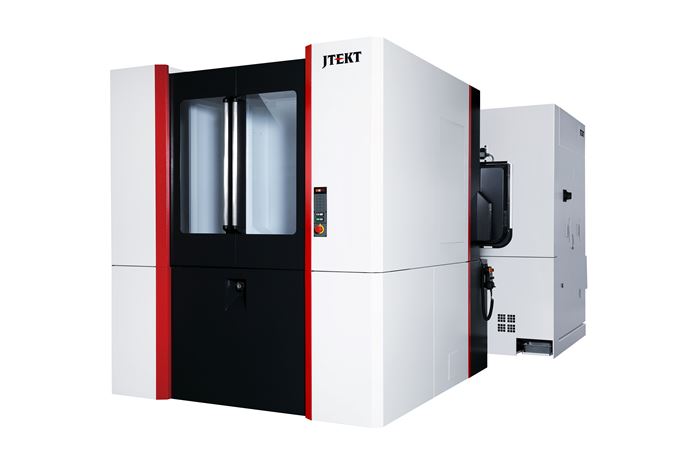
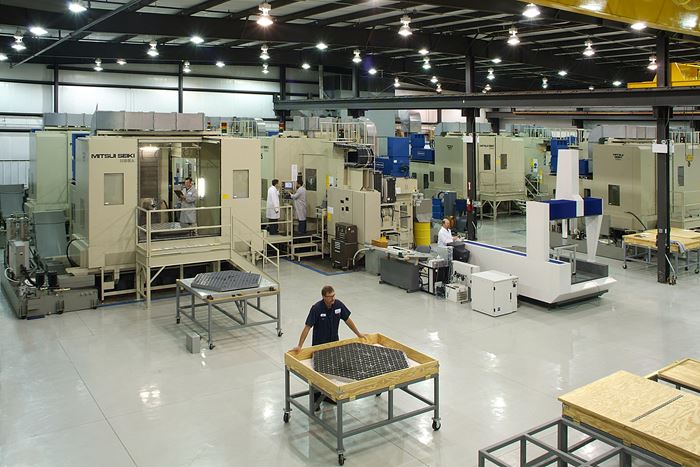
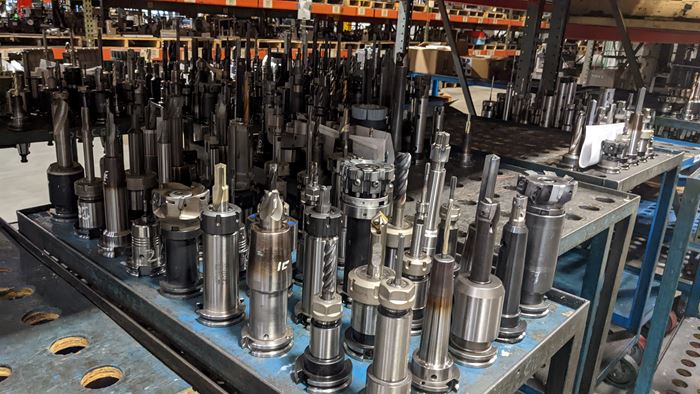
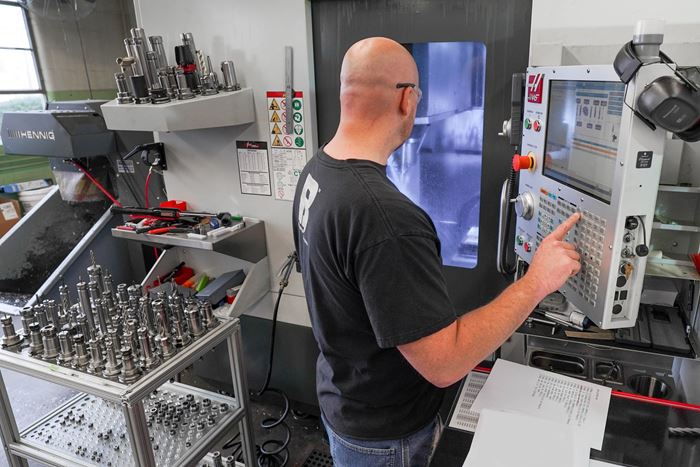
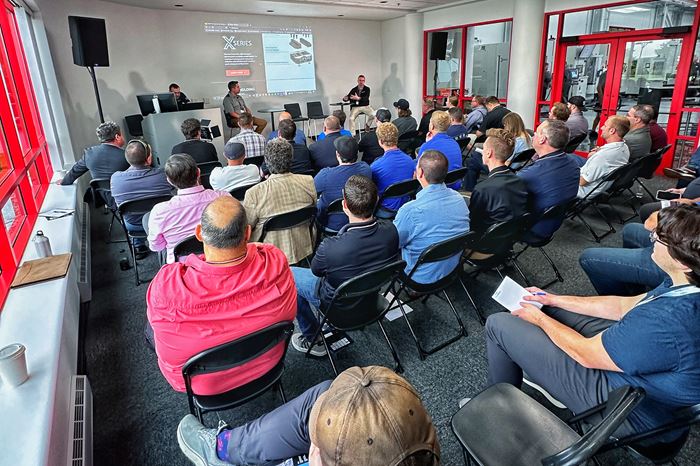

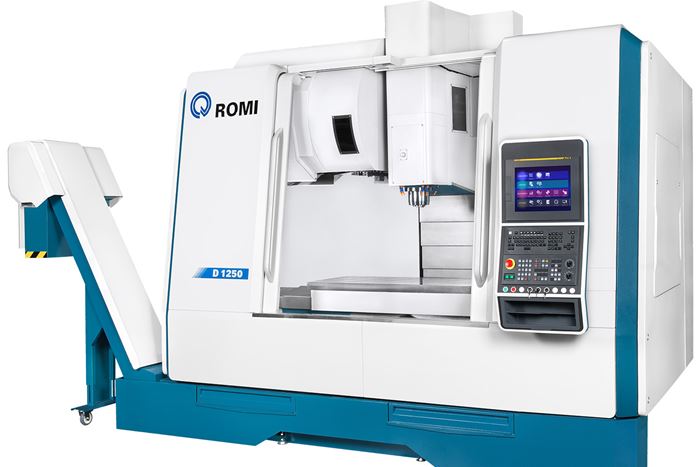
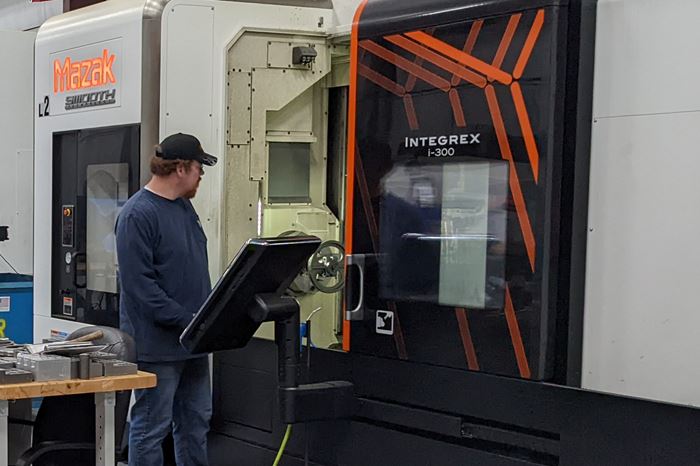
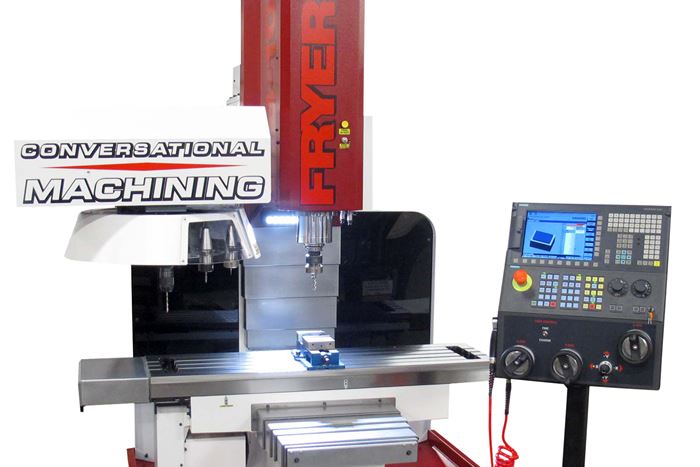
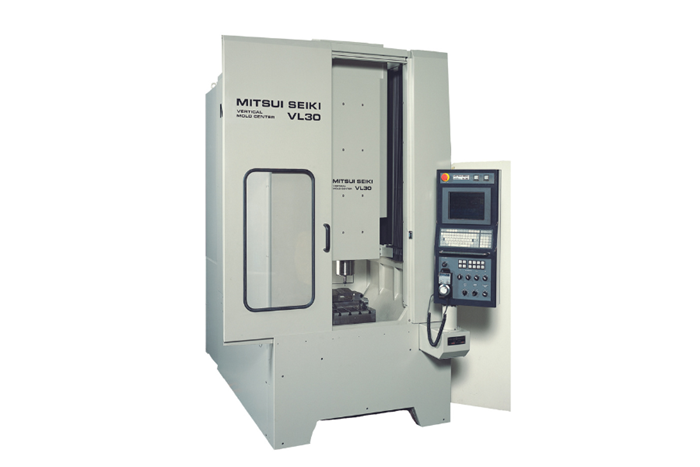
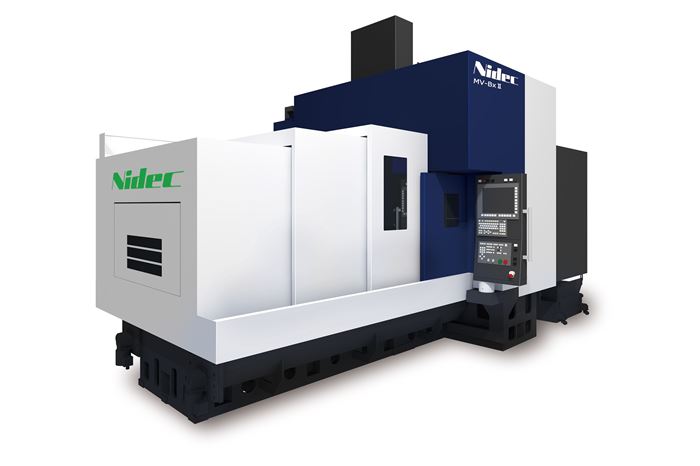
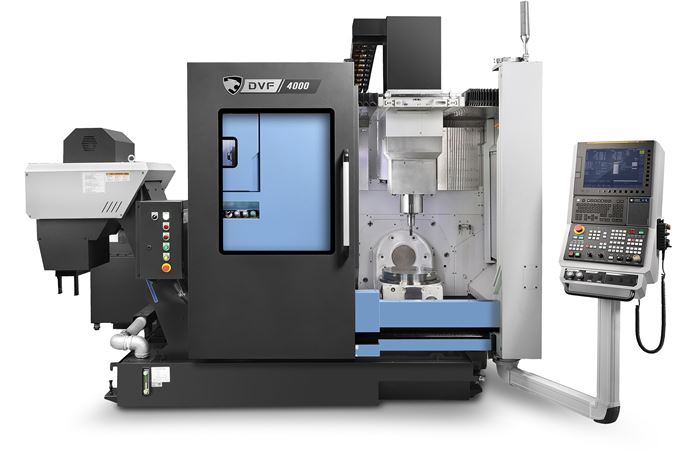
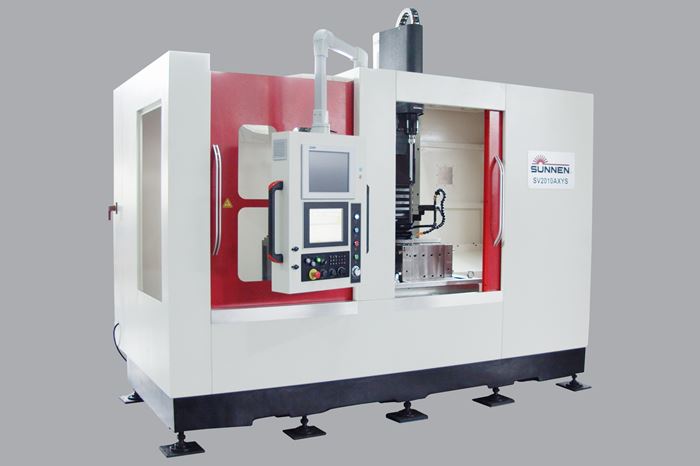

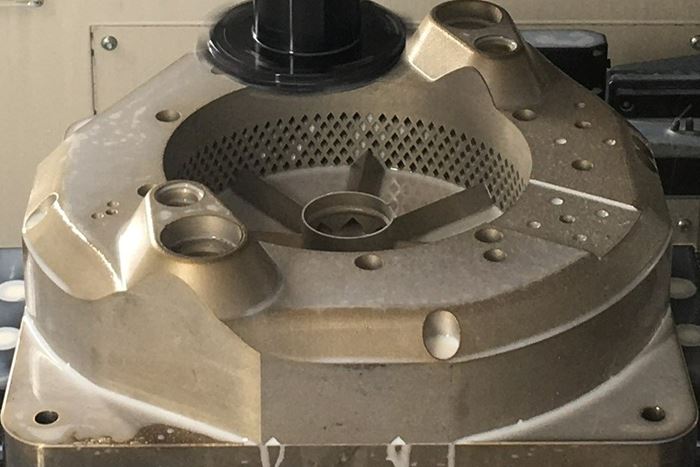
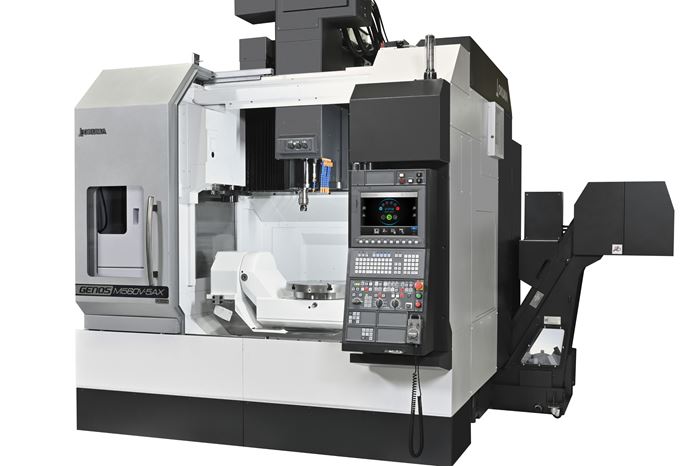




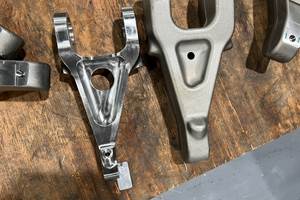
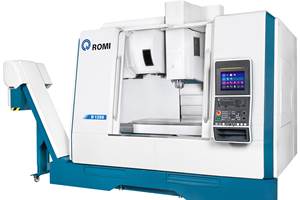
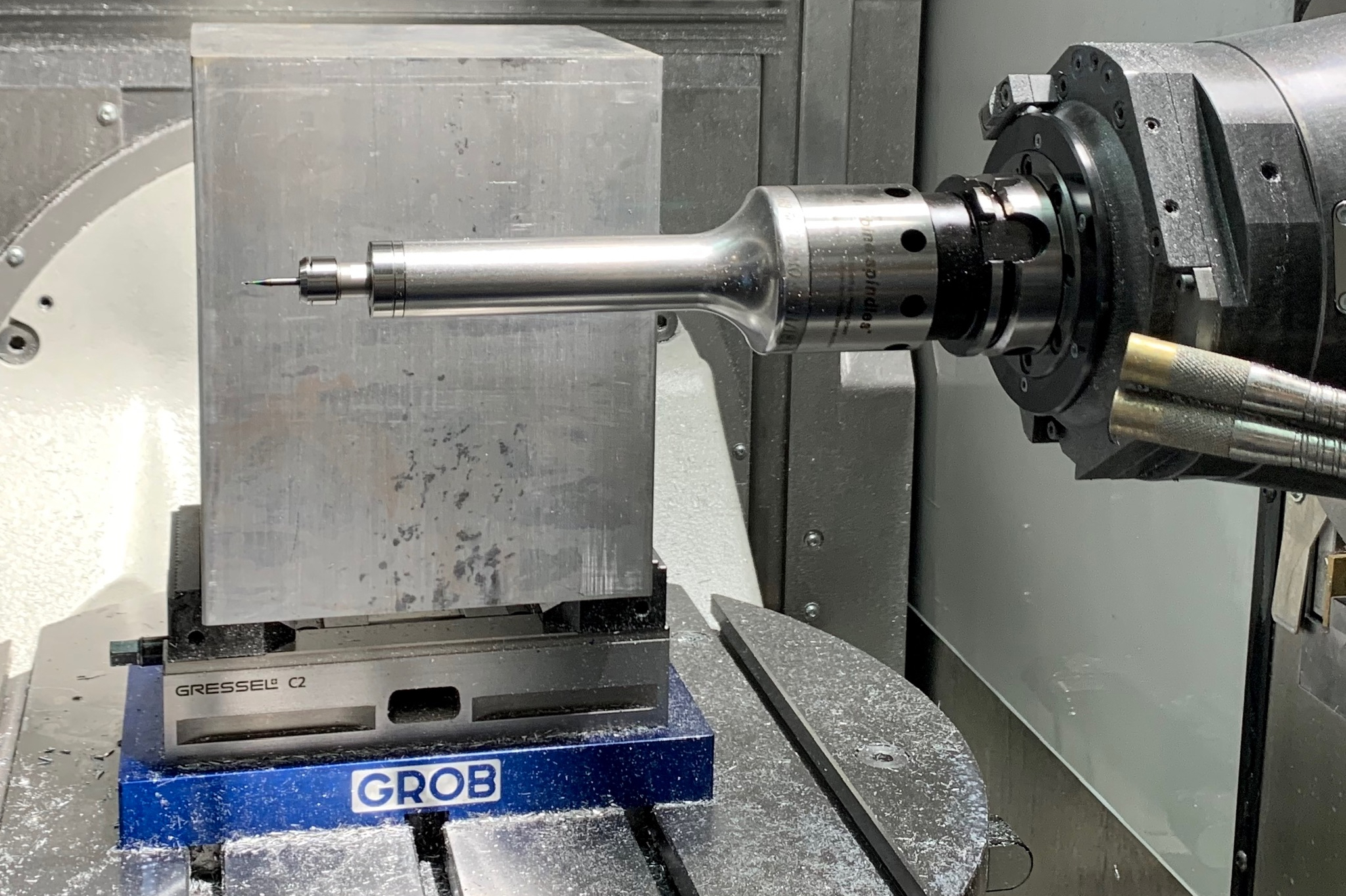
.jpg;maxWidth=970;quality=90)